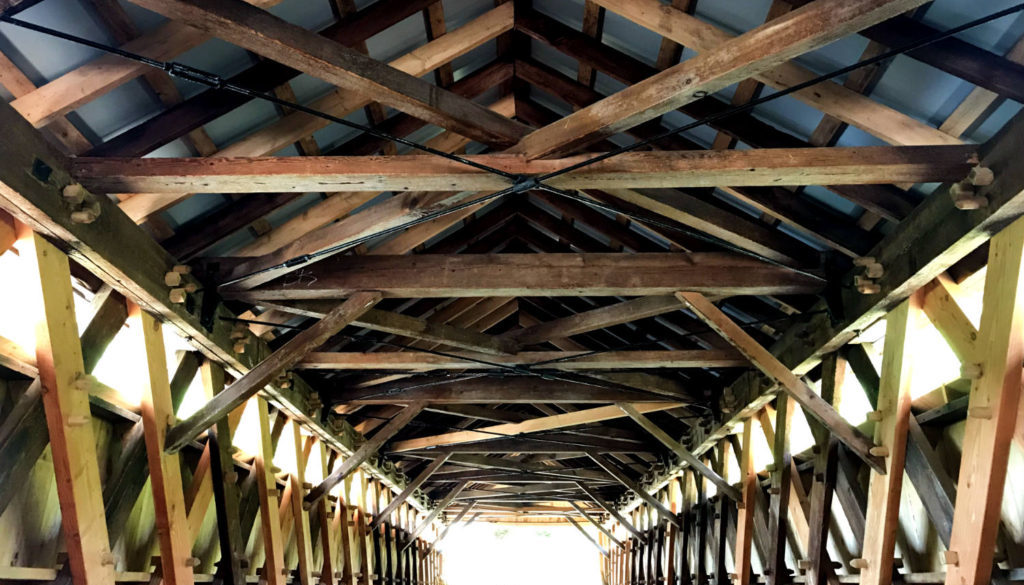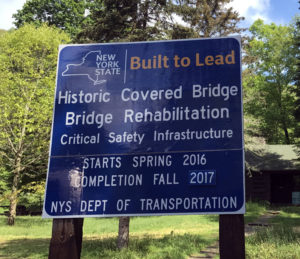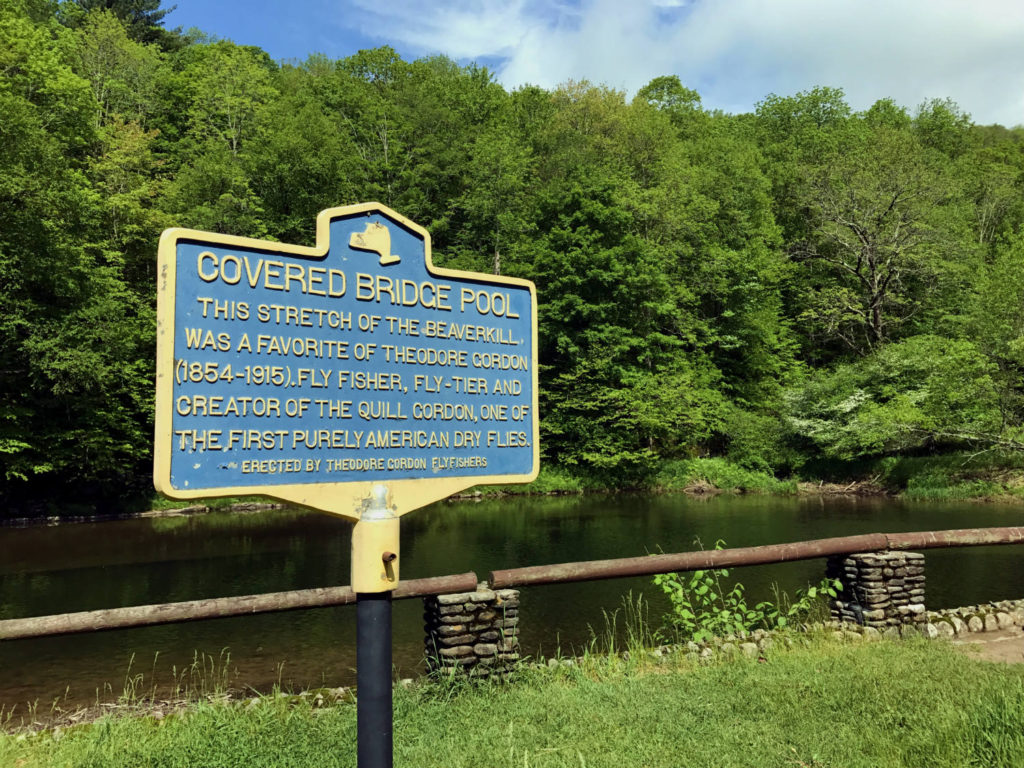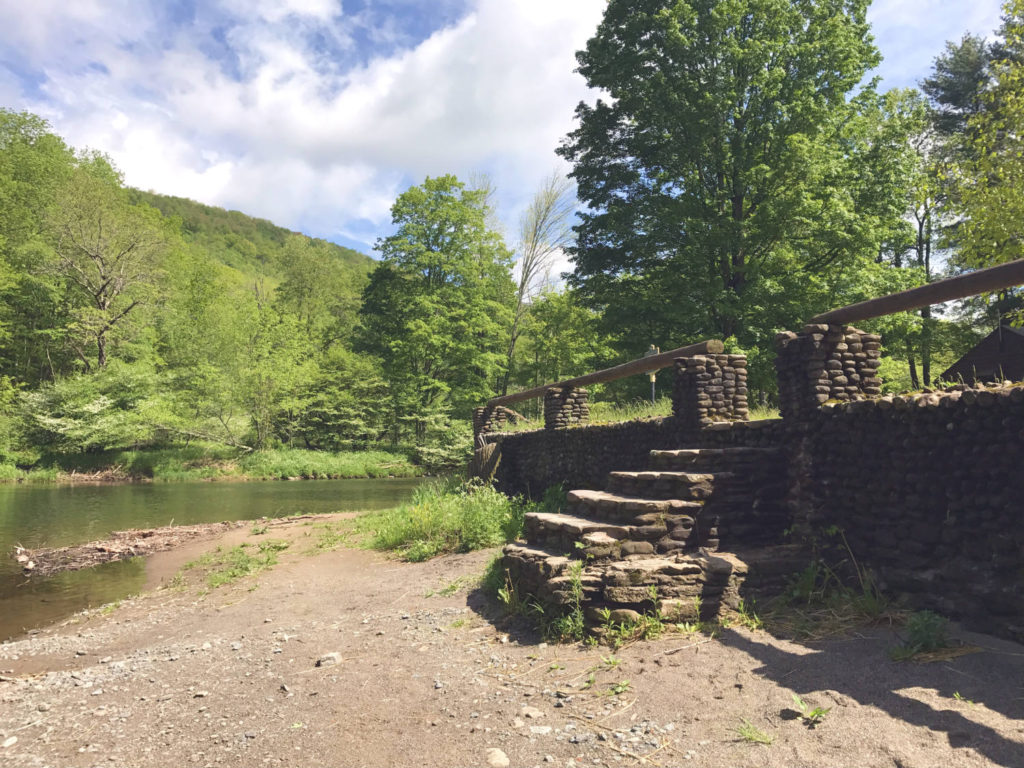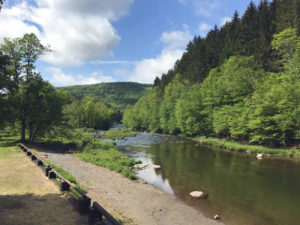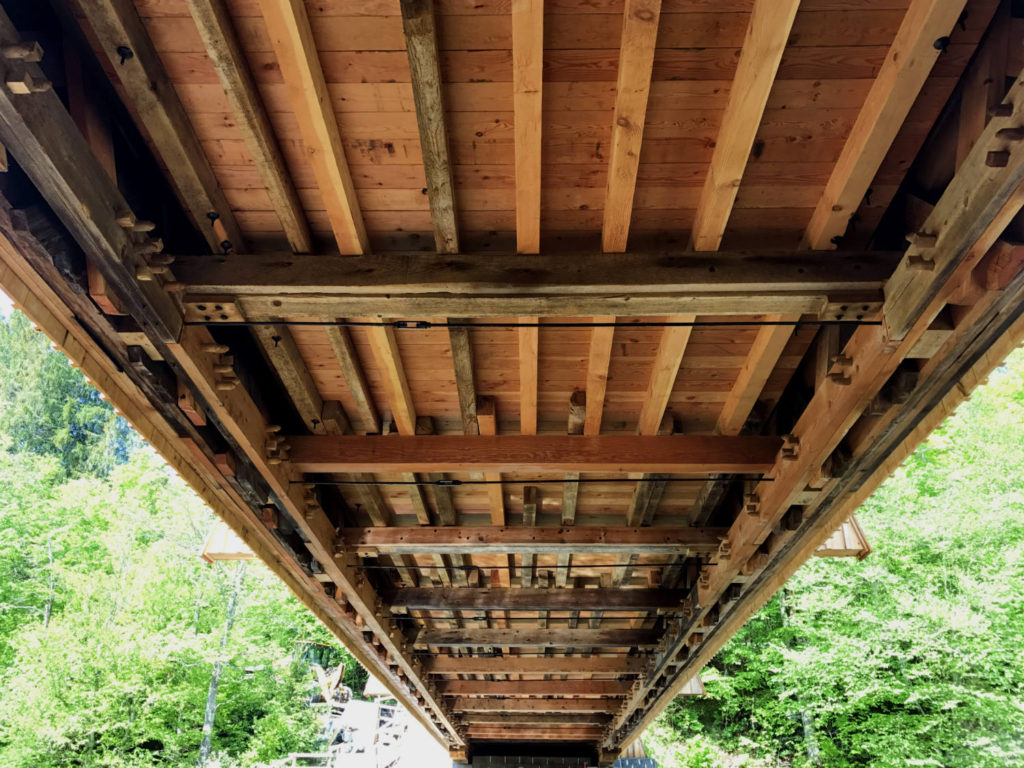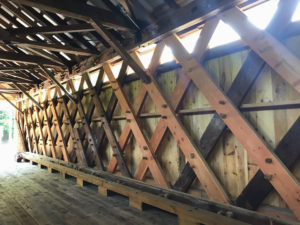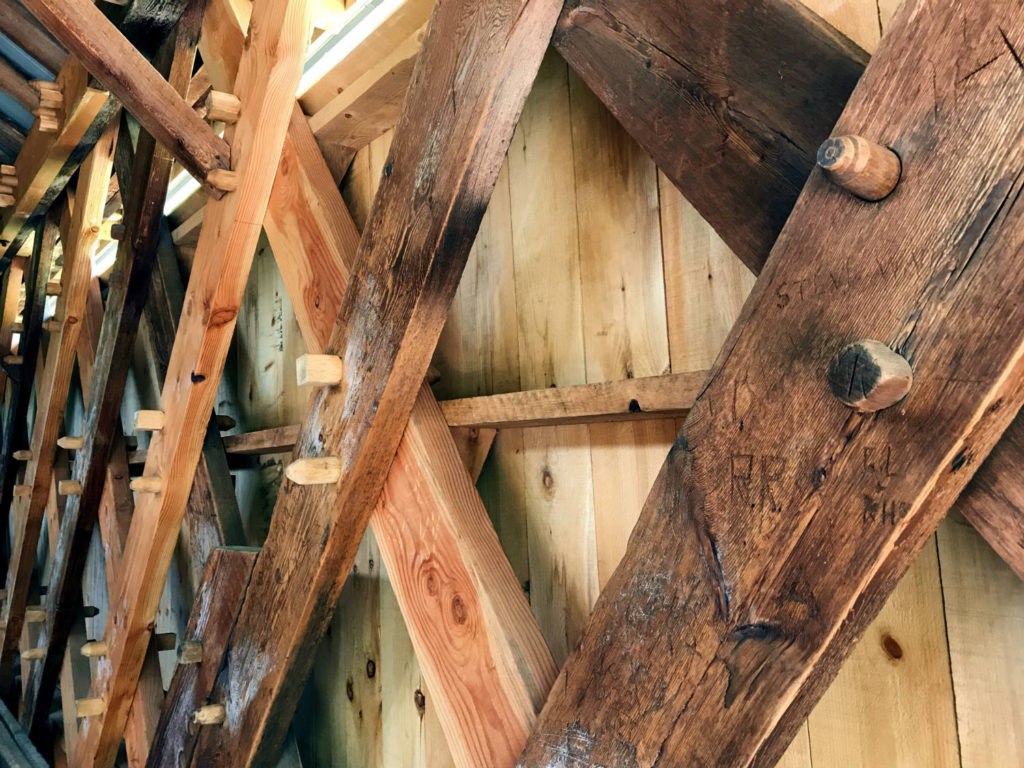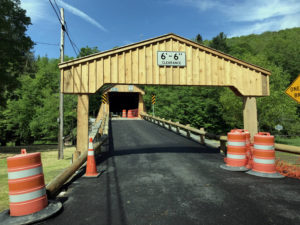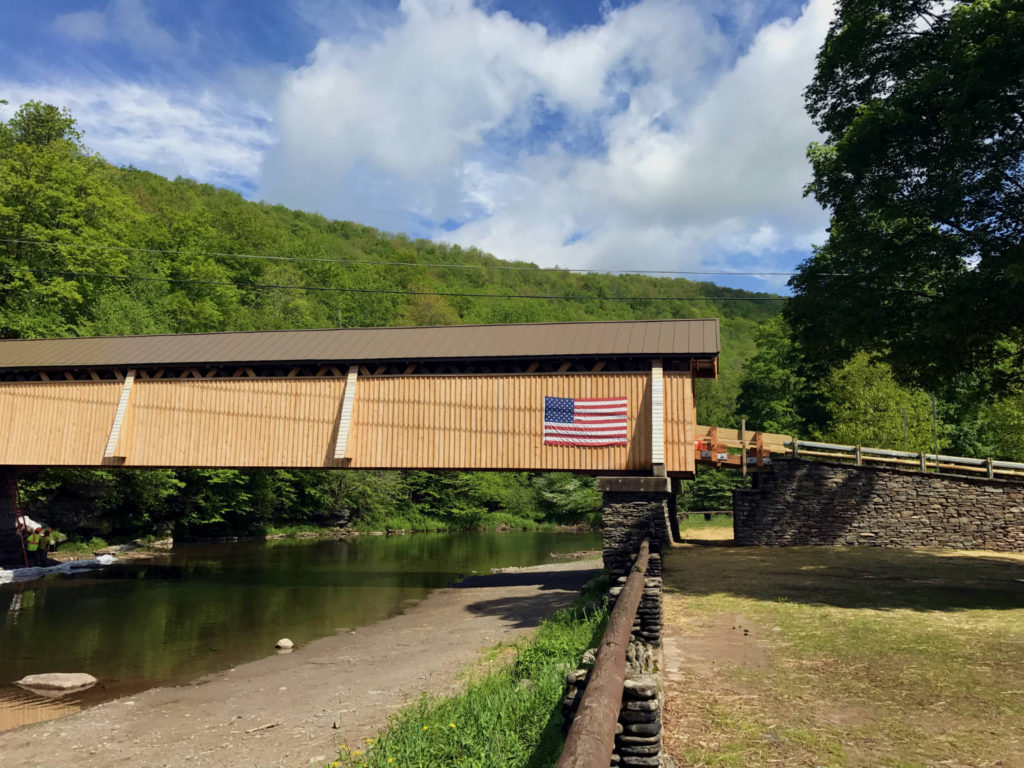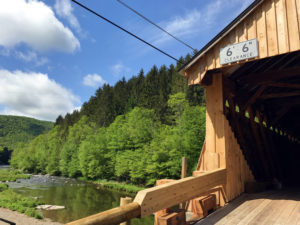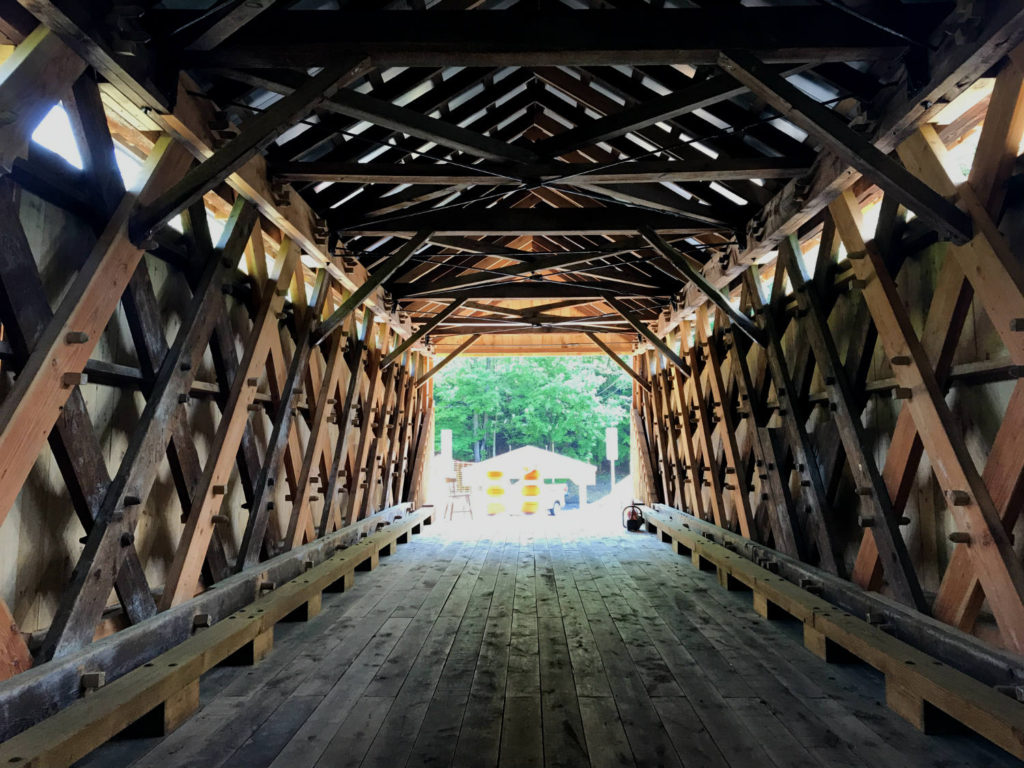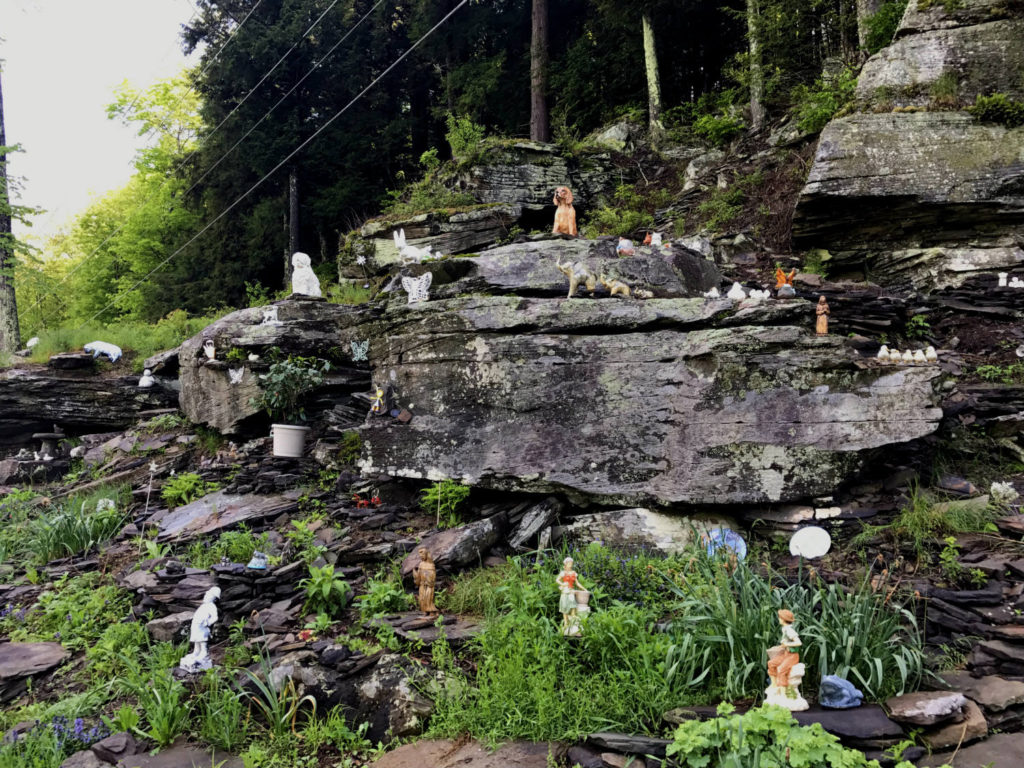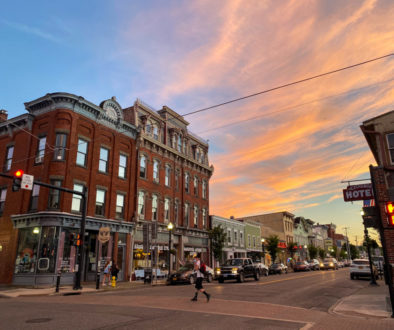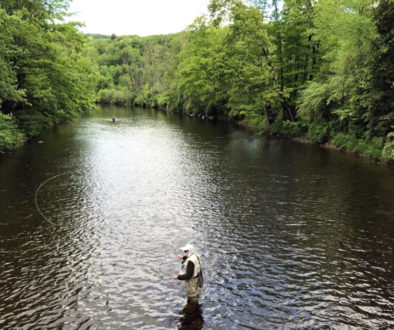Checking in on One of New York’s Oldest Covered Bridges
by Chris Clemens
Last week while driving somewhat aimlessly through a northern stretch of the Catskill Mountains in Sullivan County, I saw a sign for the Beaver Kill Covered Bridge. I had read a bit about the historic site but didn’t realize I was quite so close. I quickly detoured by way of the arrow pointing north.
After about ten minutes of driving, I realized I might not have been as close as I thought, but had to make a decision: Do I turn back and lose the invested miles and time I’ve already put in? Or, commit myself to serendipity and regain focus. Alas, there is probably a deeper life lesson in there somewhere, but I committed. I knew the bridge had an incredible history and I was excited to see it. Plus, I knew you guys would want to hear about it!
History
The Beaverkill Bridge spans a portion of its namesake river as it passes through this section of Beaverkill State Campground. It was first built in 1865 and is one of only 29 covered bridges in New York State. It became the state’s fourth covered bridge on the list of National Register of Historic Sites when it was added in 2007. It’s on Conklin Road, and is sometimes referred to as the Conklin Bridge.
Prior to the bridge’s construction, this section of New York wasn’t popular at all. There isn’t a considerable amount of land suitable for farming, and getting around the hilly landscape could be troublesome. It was, however, perfect for trappers and loggers. The hamlet of Beaverkill first was established when a tannery was built on the river, not far from the bridge. Within a few years settlers began to ascend and the need for a river crossing became important.
There’s some controversy over who first built the bridge, with three different men claiming credit. What’s considered likely, is that all three played a role and probably assisted in some way. Particularly noteworthy about the construction is the lattice truss design most noticeable from inside. The concept is that of Ithial Town, a famed American architect from Connecticut.
The pins holding the crossing beams are a feature that specifically allows the design to not require any vertical beams. Apparently, the design was popular through the Civil War, and then fell out of practice. And, if you’re doing the math, you have already noted that the war ended around the time this bridge was constructed, making the Beaverkill Covered Bridge one of the last of its kind.
Current
Historic bridges built of local hemlock are obviously incredibly cool both for the character of a region and for historic purposes. But, even the most sound of steel bridges eventually need work.
In 1948, the town began toying with the idea of removing the bridge entirely and replacing it with a brand new modern crossing, no doubt made of materials expected to last longer. Some local preservationists balked (thankfully!) and efforts were made to fix the existing structure. Those efforts have continued nearly ever since with multiple stages of construction, sometimes shutting down the route entirely–like, right now.
Currently, the bridge is under construction while they replace rotting wood with newer. What’s awesome though, is efforts are being made to maintain as much of the original character of the Beaverkill Covered Bridge as possible. With a few final touches to go, it should be ready to drive across in July 2017.
While you’re there, be sure to note the different colors of wood–the newer obviously being the lighter, non-weathered stuff. It’s incredibly cool to see the original 1865 timber still in place where it was possible to keep it. Since I’ve never seen the bridge in person prior to this week, I don’t have any old photos to share. Be sure to check out the links below for more information and older photos.
And, if you’re driving around in the park, don’t miss this random grotto on the east side of Beaverkill Road. There are hundreds and hundreds of random figurines perched among the rocks awaiting your arrival!
Sources and Additional Reading
Beaverkill or Conklin on the Covered Bridge Site (2005)
Beaverkill Covered Bridge Now Closed for Repairs on the Record Online (2008)
Sullivan County Bridge Gets $72,000 Makeover on the Record Online (2009)
Beaverkill on the NYS Covered Bridge Society (2016)

Chris Clemens is the Founder/Publisher of Exploring Upstate. From his hometown in Rochester, he spends as much time as possible connecting with the history, culture, and places that make Upstate New York a land of discovery. Follow him on Twitter at @cpclemens

